Spray Foam Insulation Vs Fiberglass
Spray foam insulation vs fiberglass. Spray Foam Attic Insulation Pros. Fiberglass cellulose closed cell and open cell spray foam insulationAfter reading this chart you will be able to make a smarter choice on the insulation material for your project. Now you can do a side-by-side comparison of the 4 most popular insulation materials being installed in Austin Texas area buildings today.
Blown-in fiberglass has an R-value of 22 to 27 per inch. Spray foam insulations main ingredients are water-blown and organic chemical compounds derived from petroleum extracts. Here are some of the pros and cons of this type of insulation.
Foam Spray Insulation. Below is a 25-point comparison infographic of the 4-materials. Its also breaks down faster than spray foam so it has a much shorter lifespan.
This doesnt mean that fiberglass isnt great at blocking airflow. Open-cell spray foam insulation has a good R-value of 35 per inch while fiberglass batts and blankets have an R-value of 30 to 40 per inch. Current fiberglass insulation will hold moisture and will lose a lot of its insulating capacity.
But keep in mind that you get much better insulation and air sealing with spray foam. Spray Foam Insulation vs Fiberglass Insulation. There are two types of foam spray insulation open and closed cell.
The Benefits of Spray Foam Insulation vs Fiberglass Bats By effectively addressing 2 of the 3 forms of heat transfer in a building and paving the way for properly installed and adequately sized windows doors and HVAC units spray foam offers many advantages that fiberglass insulation is unable to provide regardless of how much of it you might consider using. The two main cons of fiberglass insulation are that it is not as energy efficient so it doesnt help you save as much on your power bills. Fiberglass insulation is also much neater than spray foam.
Spray foam is not only an effective insulating material spray foams R-value is between 37 and 65 depending on whether its open cell or closed cell but it is also an air and moisture barrier for your home as well. Significantly more efficient than fiberglass.
It is the most expensive option with costs running as high as two or three times as much as fiberglass batts or cellulose loose-fill.
Here are some of the pros and cons of this type of insulation. Spray foam on the other hand will tap out at about 80 years which is certainly nothing to scoff at but still comes short of the century mark gold standard set by fiberglass. Spray foam insulations main ingredients are water-blown and organic chemical compounds derived from petroleum extracts. Spray foam is the superior choice for your insulation installation. Significantly more efficient than fiberglass. There are two types of foam spray insulation open and closed cell. Fiberglass cellulose closed cell and open cell spray foam insulationAfter reading this chart you will be able to make a smarter choice on the insulation material for your project. Fiberglass insulation works by trapping air in its tiny glass fibers which results in a slow transfer of heat. Part of the reasons for that high figure is that spray foam doesnt settle or sag after a while as youd see with most DIY fiberglass insulations.
Depending on the region and market spray-foam insulation can sell for 130 to 350 per square foot. One board foot of closed cell spray foam can cost you double to triple the price of a square foot of fiberglass insulation. Fiberglass insulation is also much neater than spray foam. Now you can do a side-by-side comparison of the 4 most popular insulation materials being installed in Austin Texas area buildings today. Spray Foam Insulation Drawbacks. Open-cell spray foam is used mainly as an air barrier for your home while closed-cell spray foam works as an air moisture and vapor barrier for your home. But keep in mind that you get much better insulation and air sealing with spray foam.
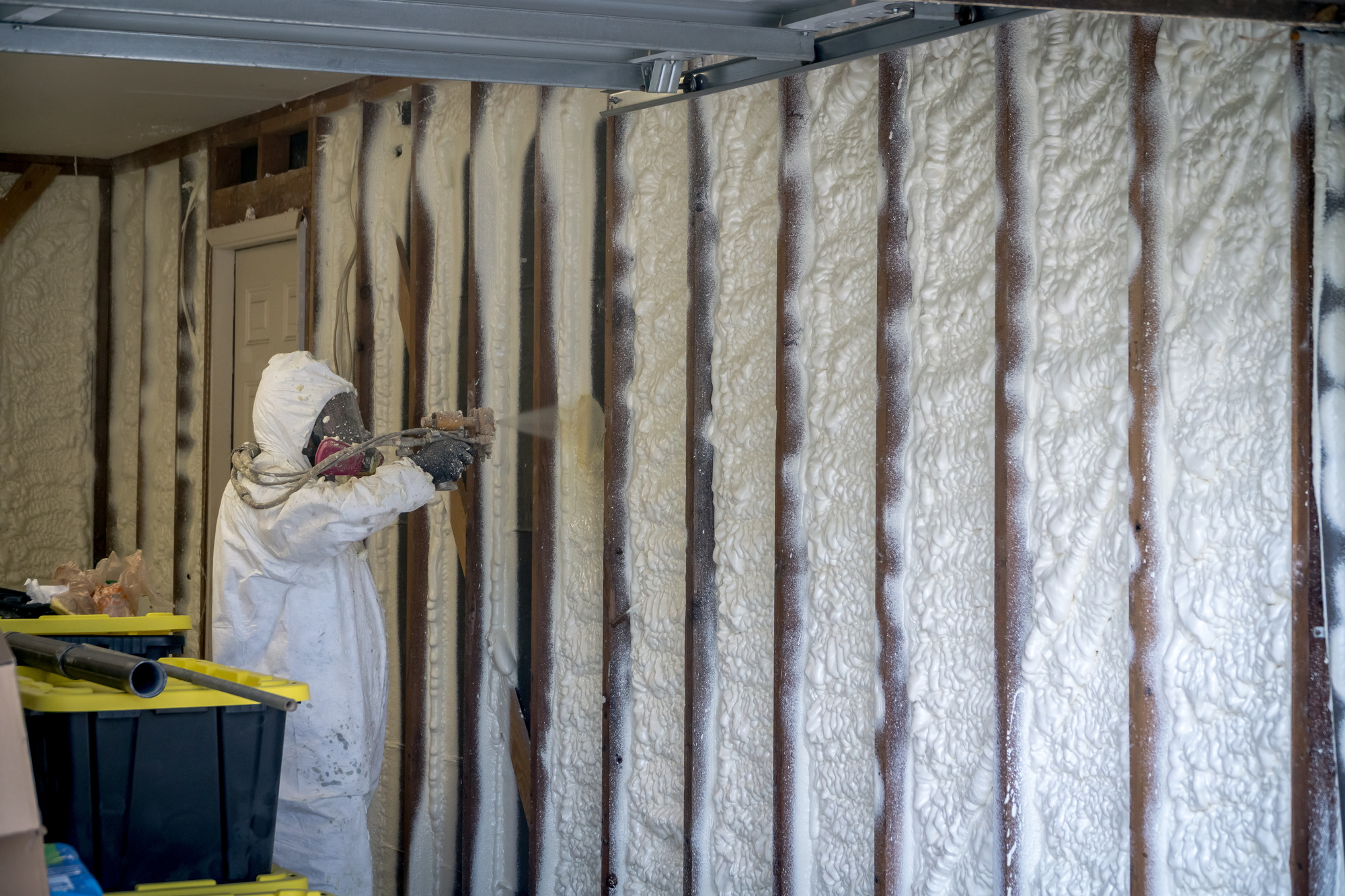
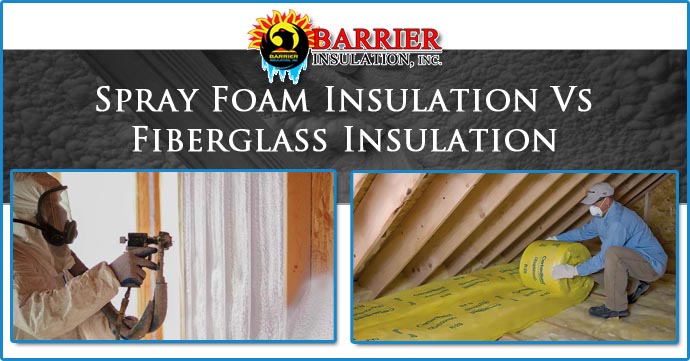

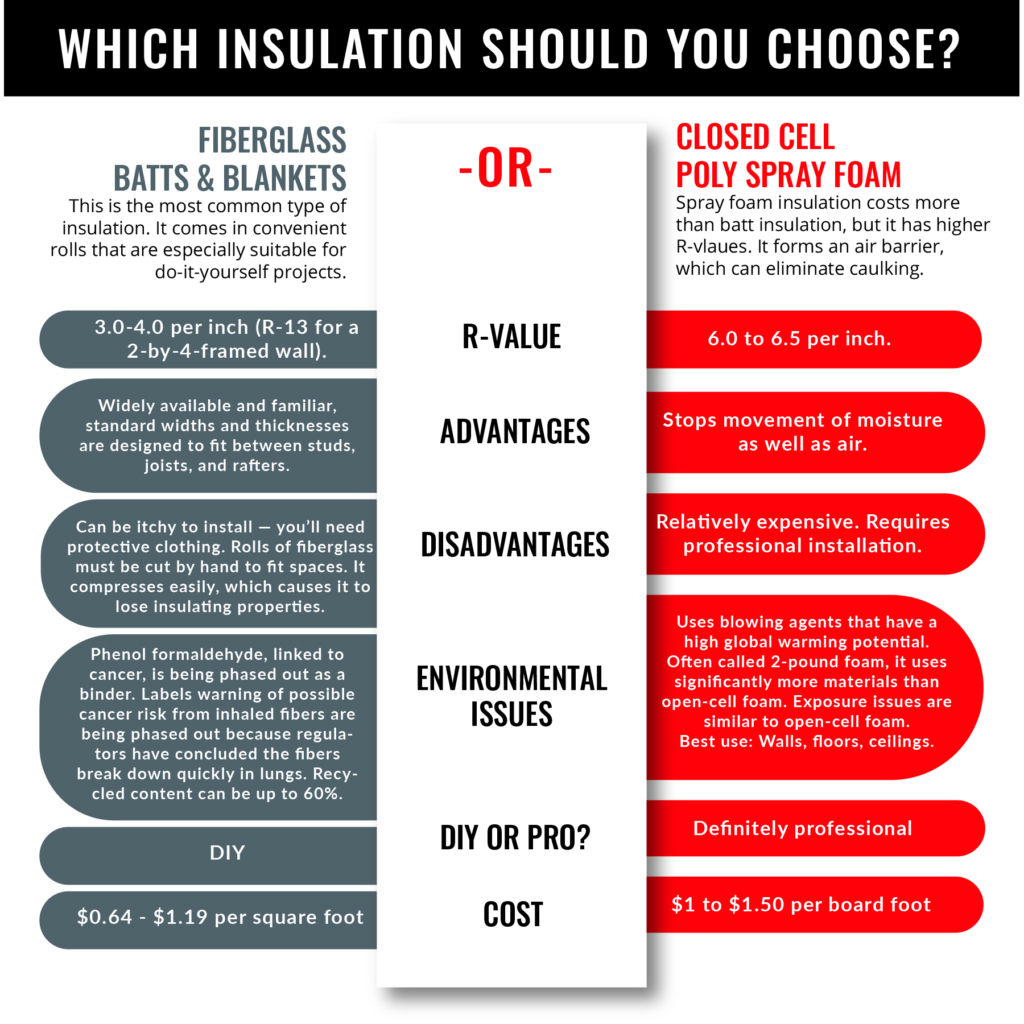
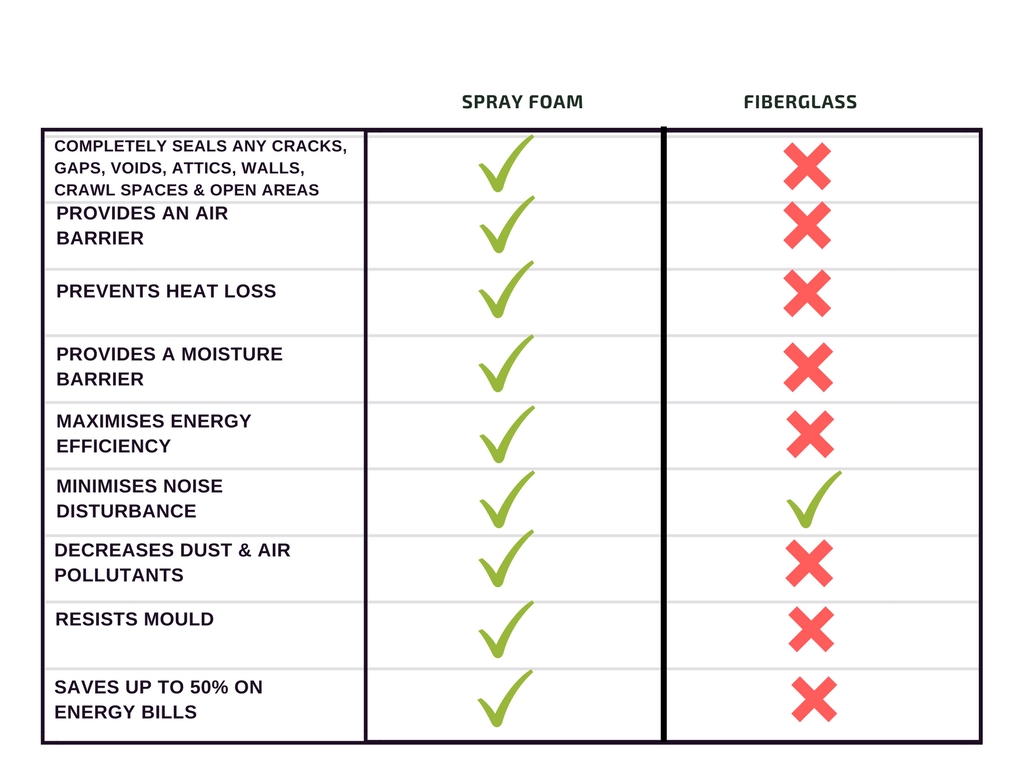
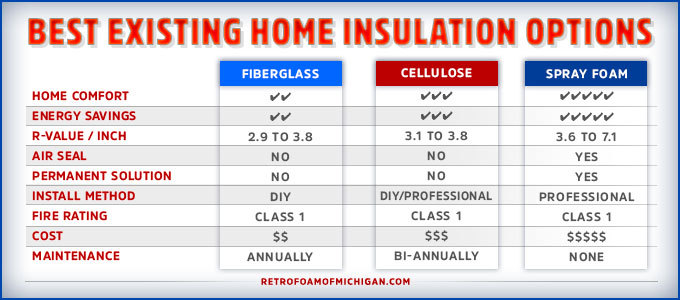

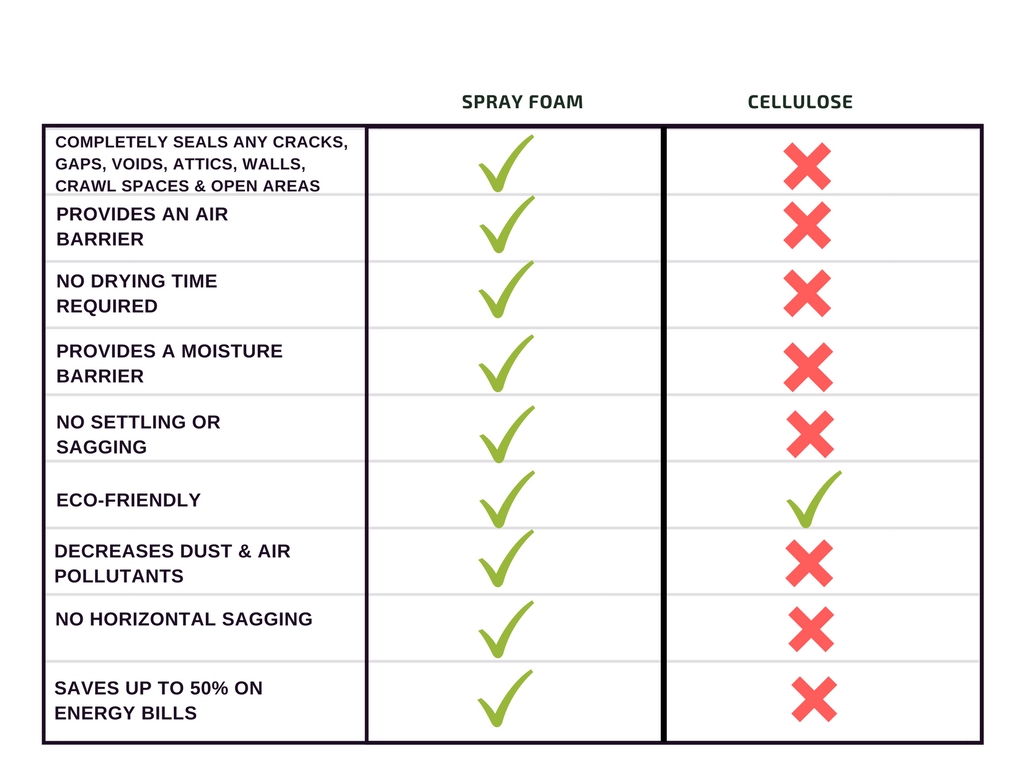
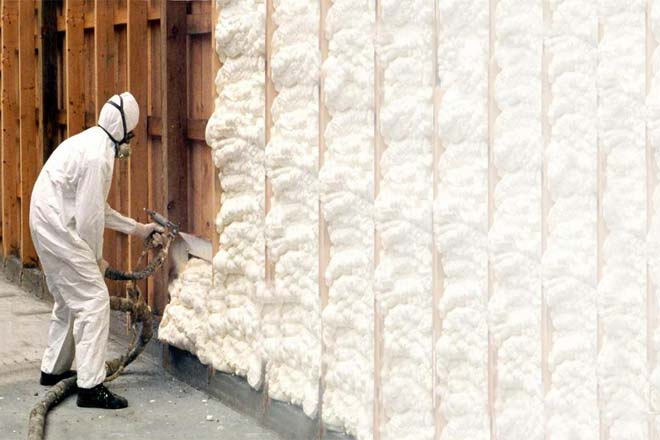


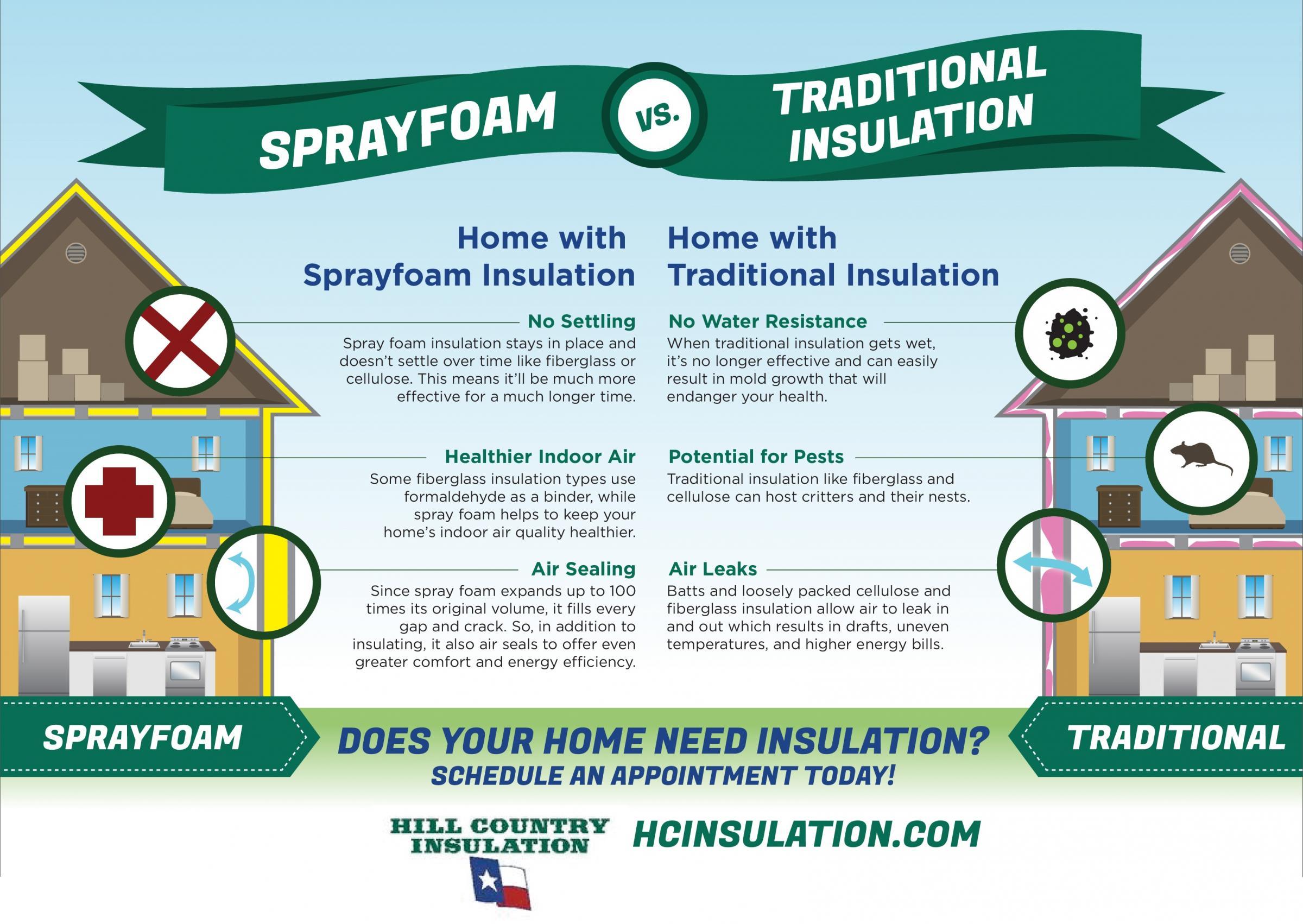
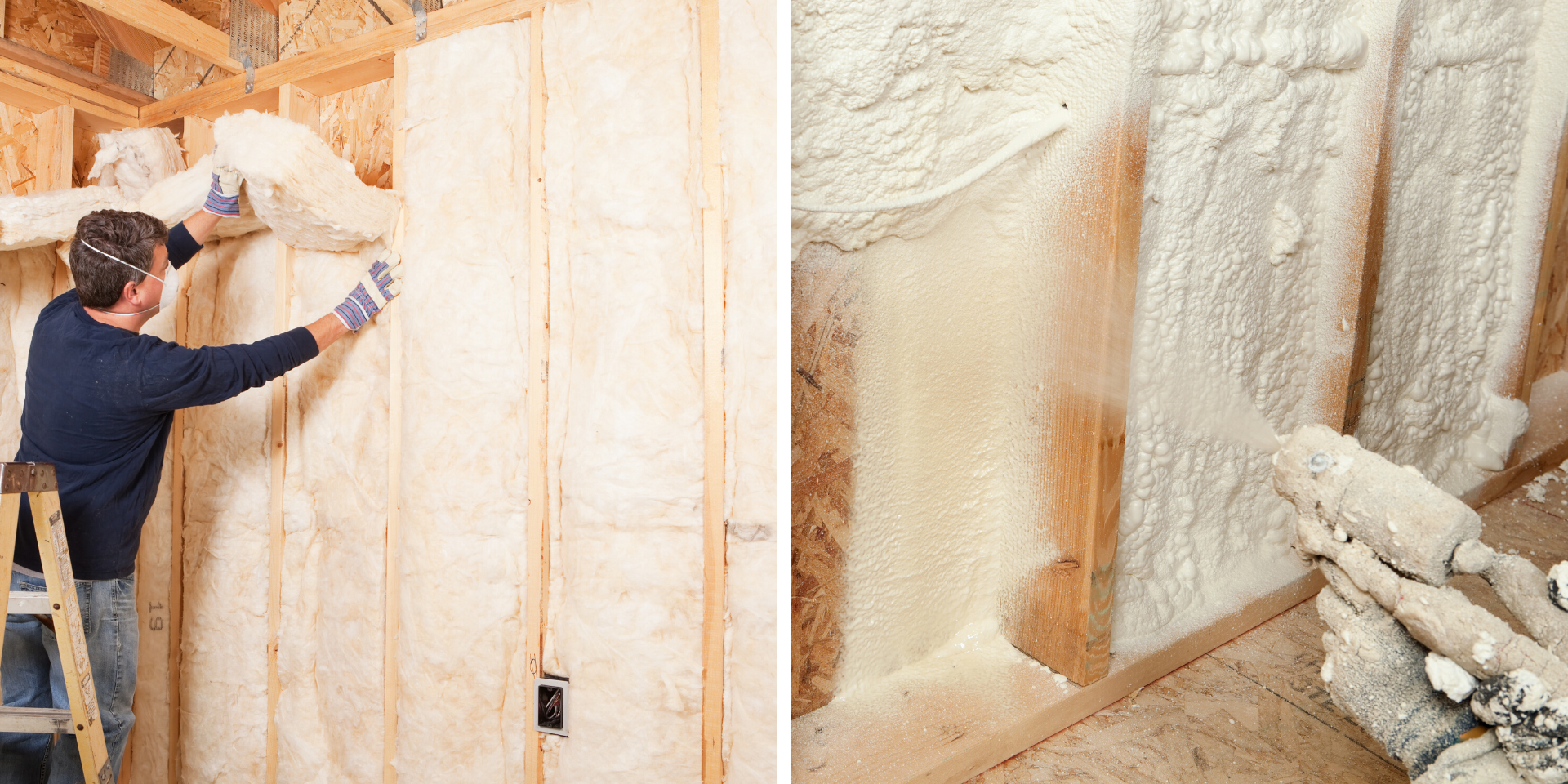






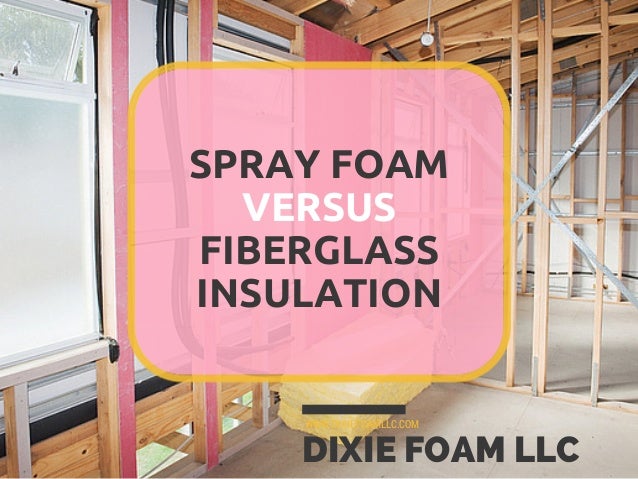












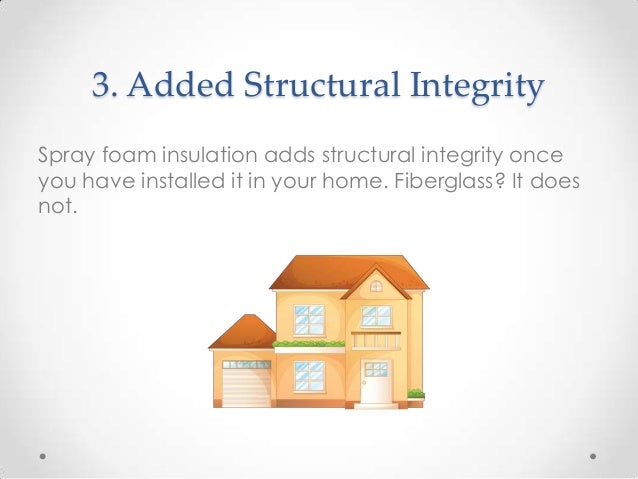
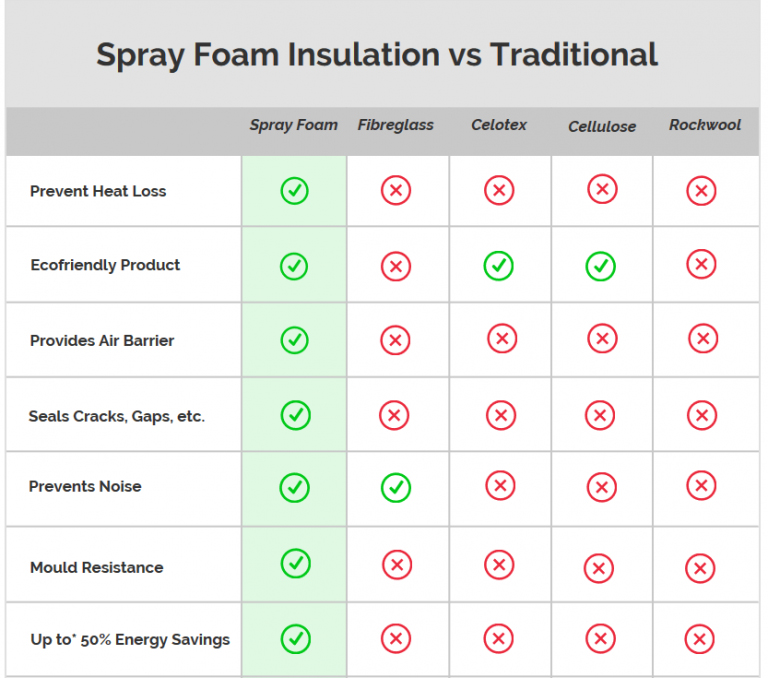




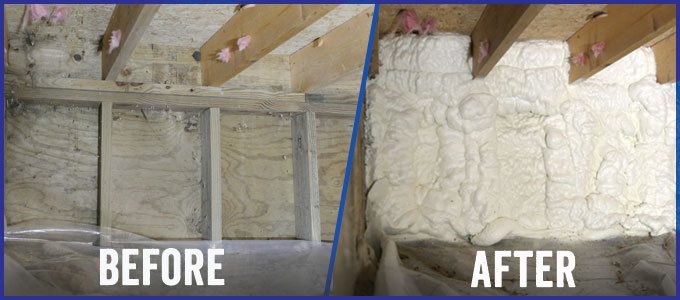

Posting Komentar untuk "Spray Foam Insulation Vs Fiberglass"